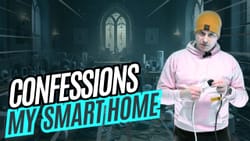
Renaming Home Assistant add-ons to apps
New Home Assistant users constantly hit the same confusion: add-ons or integrations? Both sound like things you add, but serve different purposes. I just proposed renaming add-ons to apps. It's more than terminology, it's about clarity for millions of users.









